All About Roofing Fasteners: Nails, Staples, Screws, & Clips
November , 2023 | 6 min. read
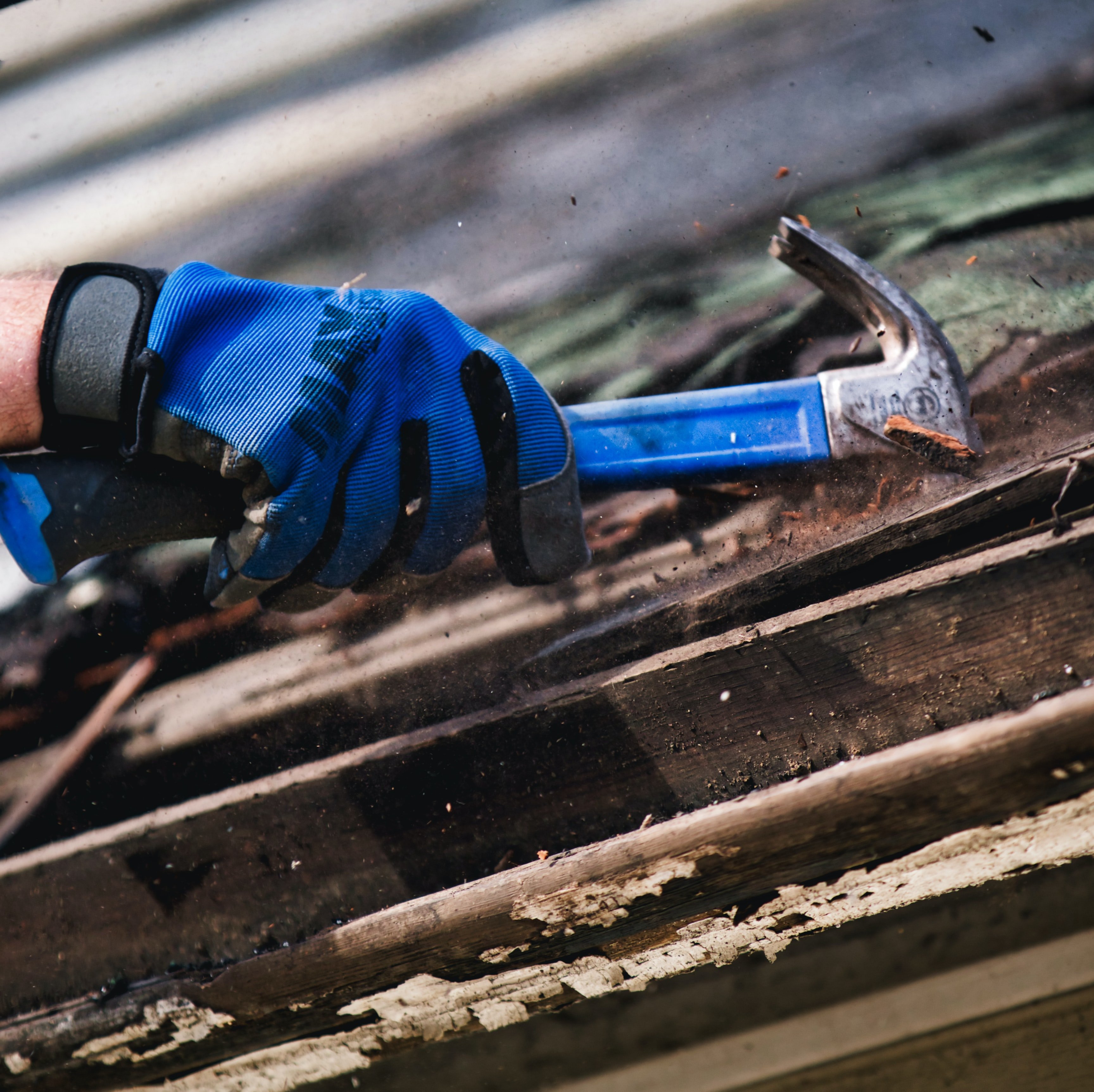
Roofing fasteners, often overlooked yet essential components in constructing a reliable and enduring roof, serve as the tiny, yet mighty champions. These small but pivotal elements include an array of nails, screws, staples, and specialized clips designed to fortify roofing materials against the relentless forces of Mother Nature.
At RoofCrafters, we can tell you that understanding their significance, types, and applications becomes paramount in ensuring the resilience and longevity of roofing systems in safeguarding your home against the elements and preserving its integrity over time. Think of them as helpful accessories, such as watches, shoe laces, or, if you’re anything like me, your trusty coffee machine.
So, if you’re interested in learning more about how these fabulous features help to keep your roof sound and secure in all the right areas, you’re in the right place! In just a few short moments, you’ll learn what exactly roofing fasteners are, a comparison between the “best” and “not-so-best” types, and which fasteners are right for your roof! Let’s get started.
What Are Roofing Fasteners?

Roofing fasteners are essential components used to secure roofing materials to the structure of a building. They come in various forms, including nails, screws, staples, and clips, and are designed specifically for roofing applications. The most common types of roofing fasteners used include:
Nails: Roofing nails are the most traditional fasteners used in roofing. They come in different lengths and materials, such as galvanized steel or aluminum. Roofing nails have large heads to secure shingles or other roofing materials in place.
Staples: Staples are typically used for attaching roofing underlayment or felt to the roof decking. They come in manual or pneumatic varieties for different installation methods.
Screws: Roofing screws offer a stronger hold compared to nails. They come in different lengths and are often used in metal roofing installations or where greater stability and resistance to weathering are required.
Clips and brackets: These are specialized fasteners, sometimes called hurricane straps that are used in specific roofing systems, such as for metal roofs or in areas where high winds, hurricanes, or other environmental factors necessitate additional reinforcement.
Choosing the right fastener depends on various factors including the roofing material, the type of roof, local weather conditions, and building codes. Using the correct fastener is crucial for the integrity and longevity of the roof. As you could've guessed, proper installation of roofing fasteners by a reputable contractor is essential to ensure they securely hold the roofing materials in place, preventing leaks, damage, or structural issues due to shifting or loosening of the roof covering.
Which Roofing Fastener Stands Above the Rest?
Determining the "best" roofing fastener depends on several factors, including the type of roofing material, the home's location, local building codes, weather conditions, and the specific requirements of the roofing project. Here are considerations for some common roofing materials:
Asphalt shingles: Roofing nails are typically used for asphalt shingles. Galvanized steel nails with a large head are common and effective.
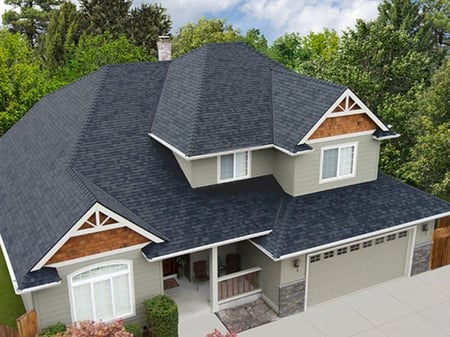
Metal roofing: Screws are often preferred for metal roofing due to their superior holding power and resistance to corrosion. Coated or stainless steel screws are popular choices.
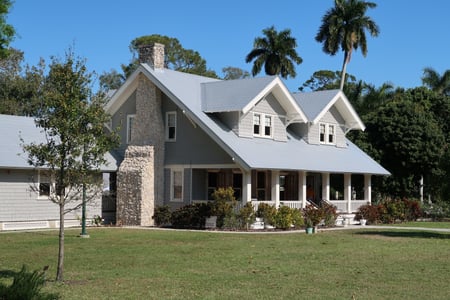
Wood shingles or shakes: Stainless steel nails or copper nails are recommended for wood shingles or shakes due to their resistance to rust and corrosion.
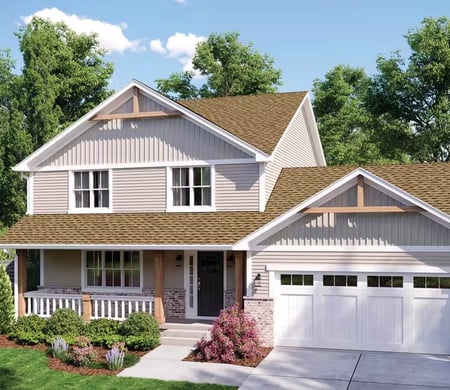
Roof underlayment: Staples are commonly used to secure underlayment. However, the choice between staples and other fasteners might depend on specific underlayment materials and local building codes.
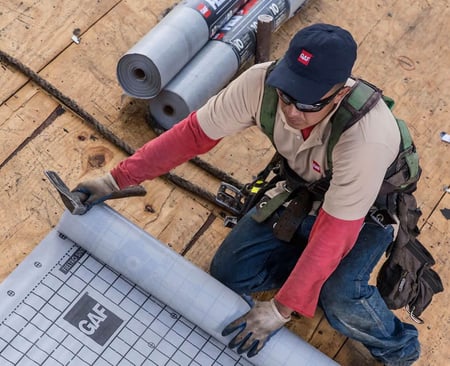
The "best" fastener often involves a balance between factors such as cost, durability, weather resistance, and ease of installation. Local building codes and manufacturer recommendations also play a significant role in determining the appropriate fastener for a specific roofing application.
Consulting with roofing professionals or manufacturers' guidelines for the specific roofing material being used is crucial to selecting the most suitable fastener for your project. Additionally, considering the environmental conditions in your area, like wind, rain, and temperature fluctuations, can guide your decision in choosing the most durable and reliable fasteners for your roof.
Which Roofing Fastener Falls Short?
There isn't necessarily a single "worst" roofing fastener universally, as the effectiveness of a fastener often depends on the context of its use. However, using an inappropriate or incompatible fastener for a particular roofing material or application can lead to various issues. Here are scenarios where certain fasteners might be less ideal:
Corrosion-prone fasteners: Using fasteners that corrode easily in a high-moisture or coastal environment can be problematic. For instance, using regular steel nails in areas with high humidity or salt exposure can lead to premature rusting and compromise the roof's integrity.
Inadequate holding power: Using undersized or insufficient fasteners might lead to loose roofing materials, especially in areas prone to high winds or severe weather. This can cause damage and reduce the roof's lifespan.
Wrong material fasteners: Using fasteners made of materials that react adversely with the roofing material can cause damage. For example, using aluminum fasteners with copper roofing materials can cause galvanic corrosion.
Improperly installed fasteners: Even the best fasteners can become the "worst" if they're not installed correctly. Overdriven or underdriven nails or screws can compromise the roof's integrity and lead to leaks or other issues.
Ultimately, the "worst" fastener for a roofing project is one that doesn't suit the specific requirements of the material, climate, or structural needs of the roof. It's crucial to follow manufacturer recommendations and local building codes, and, as always, consult with roofing professionals to ensure the right fastener is chosen and installed properly to prevent potential issues down the line.
Securing Excellence: Understanding the Role and Importance of Roofing Fasteners
As you now know, roofing fasteners play a vital role in the stability, durability, and longevity of a roofing system. From nails and screws to staples and specialized clips, these fasteners secure various roofing materials to the structure, ensuring they withstand environmental elements and maintain structural integrity.
The choice of roofing fastener depends on multiple factors, including the roofing material, local climate conditions, building codes, and installation requirements. Each type of fastener has its advantages and ideal applications, emphasizing factors like corrosion resistance, holding power, and compatibility with the roofing material. Selecting the right fastener and ensuring proper installation are crucial steps in preventing issues like leaks, damage, or premature deterioration.
While there isn't a universal "best" or "worst" roofing fastener, the appropriate choice and correct installation significantly impact the effectiveness and longevity of the roofing system. If you’re interested in learning more about these nifty tools that keep your roofing system in place, or you have an inkling that your current roof fasteners aren’t doing your home justice, be sure to hit the “Schedule an Inspection” button down below, and one of our experts will explain your options to you!
My name is Cassie, and I’m the Content Manager here at RoofCrafters. I was born and raised in Chicago, Illinois, and made my way out to Florida post-college graduation. I’m incredibly passionate about writing and creating valuable content that helps others with the collaboration of my marketing team. When I’m not working, I enjoy shopping (a little too much), spending time at the beach, and reading!



